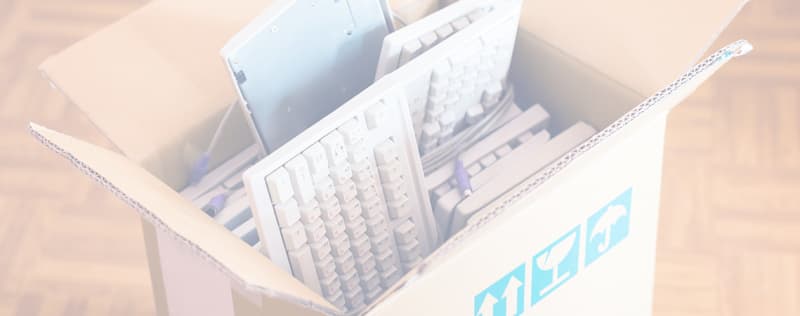An office move has the potential to disrupt your business operations and IT communications systems – unless you apply some forward thinking.
With correct planning, you can reduce any damaging disruption to your IT and communication systems that can adversely impact customer relationships, staff productivity and management resources. If you plan well enough in advance, you could even have your network and phones up and running in your new office before your move-in day has arrived.
In this blog, we share a checklist to help you arrange your office move effectively with minimal disruption.
1) Planning well in advance
In the months leading up to your move, you will need to undertake the following tasks:
- Schedule your IT team to conduct site visit at the new office location so that they can review network cabling requirements.
- Make sure you contact all carriers, ISPs (Internet Service Providers), and technology vendors and let them know your moving date.
This should be done at least three months in advance of your move.
2) Assess your existing equipment
Office move can be a good time to consider if your existing IT infrastructure will meet your future needs. Here are a few useful steps to follow when assessing your equipment:
- Make an inventory of your existing equipment to determine whether it still meets your requirement and will be suitable in your new office.
- List any of your current equipment that needs upgrading or replacing, and order any new necessary equipment.
- Return any leased equipment that is no longer needed and dispose off old or broken equipment
- Evaluate server room and communications requirements
- Assess the installed cabling and infrastructure in your new office to find out what needs to be added to your new office.
- Available phone lines
- Required power outlets
- Required Cat 5 cables and Cat 6 cables
3) Prepare a visit checklist
A thorough site visit is a crucial part of planning for a smooth moving process. Once you have evaluated your IT infrastructure, you should prepare a checklist to keep track of activities during the site visit:
- Review configuration plan of your new office with your IT provider
- Ideal locations for workstations, power ports, and network cabling points are established.
- Establish prime locations for printers, scanners, routers, etc.
- Confirm whether the minimum requirements for the server room will be met.
4) Consider your internet options
New fibre leased lines and wireless connectivity options are available, so make sure that you browse for the right connection and Service Level Agreement (SLA) for your business. When choosing an internet connection, consider your future requirements of growth or expansion in the next three to five years.
M247 provides both wired fibre internet and wireless leased lines, meaning faster speeds and improved quality of data transfer, while reaching even the biggest ‘not spots’ with industry-leading radio and wireless technology.
5) Data Protection
In case something goes wrong in your office move, the impact on your business operations could be dire. You should always ensure that your data is protected in case of a worst-case scenario, but even more so during an office relocation. To ensure that your data is protected during your move, ensure that:
- Backup copies are created for all your company’s data systems including firewalls and servers. These copies should be stored where they will not be affected by the move.
- Full recovery is possible so that you will still be able to access all your company’s data if something goes wrong
6) Prepare for moving day
We strongly recommend that you source an IT and telecom solution provider to complete the actual moving for you. If you are using the same moving company for every aspect of your office move, make sure that they can move electronic equipment appropriately.
- Transport data backup copies to your new office separately from the main system.
- Ensure all wiring and data cables are labelled correctly
- Create a contact list of everyone involved in the move
- Instruct staff on how to shut down all equipment properly before leaving on the final day before the move.
- Test the new office’s network
It is a good idea to have your IT and telecom provider on the first day in your new office so that they can help staff with network connectivity issues. After moving to the new office,
- Make sure all cabling, equipment, and phones are in the right place.
- Check all individual telephone numbers and their locations.
- Make sure call forwarding is working and being forwarded to the correct phone – this is not required if you have hosted voice telephony
- Start all servers and test network capability and data migration.
- Test all network connections.
Once you have moved in your new office, take feedback from your staff to learn if the technology infrastructure is suitable or needs improvement.
With a complete set of products, including connectivity, VoIP, hosting and security, M247 can serve all the needs of businesses to work faster, more efficiently and become more profitable with just one point of contact – one provider who wholly owns installations and on-going service needs.
For more information about M247 solutions, contact us today





